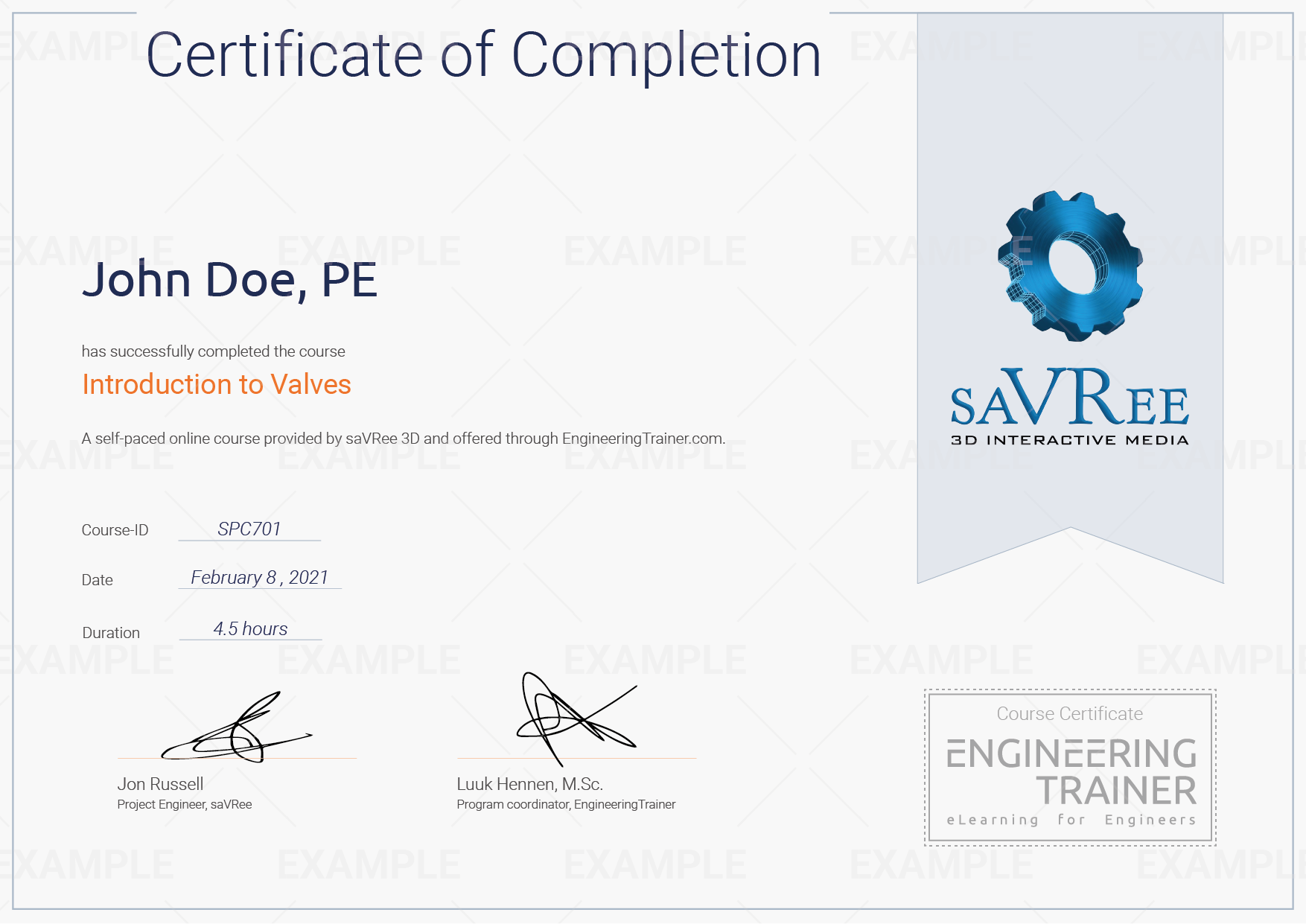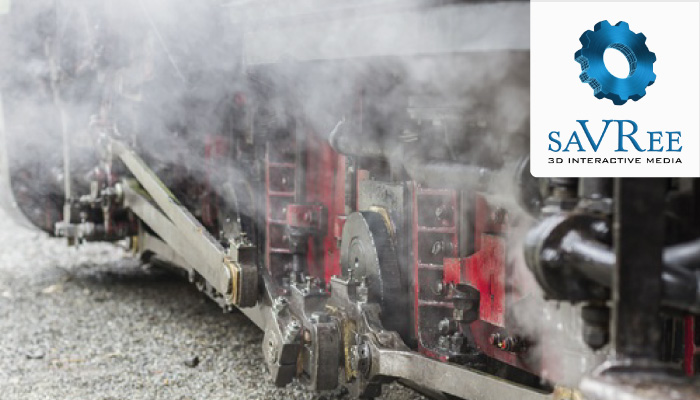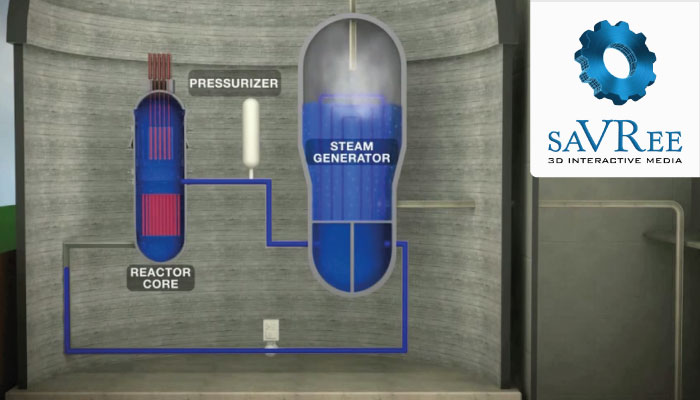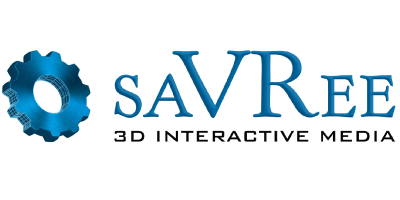Introduction to Steam, Boilers and Thermodynamics
Part of bundle BUN700
Self-paced Course
7 modules
by saVRee
SPC704
Format:
On-demand
Part of the bundle Industrial Equipment I
This course can only be purchased as part of bundle BUN700
Course Objective
"To give professionals working with steam systems a strong fundamental understanding of the physical concepts and equipment involved with handling steam."
Learn from home
100% online training
Video Lectures by Experts
watch multiple times
Available 24/7
1-year unlimited access
PDH Hours qualified course
Read more here
About the course
Self-paced
7 modules
3 hrs of videos
English
1-yr access
SPC704
The industrial revolution may have been fired by coal, but it was powered by steam. Humans have been harnessing the power of steam for thousands of years, but it is only in the past 200 years that we have started to rely on it for countless engineering applications. This course looks at the origins of steam, its theory (thermodynamics), generation, and applications.
You will learn:
Why we use steam instead of other energy fluids.
The history of steam in engineering.
Heat fundamentals (thermodynamics, latent heat, sensible heat etc.).
Heat transfer (conduction, convection and radiation etc.).
Combustion theory (efficiency, heat values etc.).
Steam properties (wet, dry, saturated, enthalpy etc.).
Boilers (designs, advantages, disadvantages etc.).
And a lot more!
Irrespective of your engineering background, learning about steam will greatly benefit your engineering career. Steam systems are used at almost every industrial facility, so you can apply 100% of what you have learned to the real world.
Meet your instructors
Program & Details
Welcome to the course
Your instructor
How to use this course
Personal Certificate requirements
Welcome
Before Getting Started
Introduction
History
Uses of Steam
Why steam
The Steam System
Thermodynamic Fundamentals
Pressure
Water to Steam
Thermodynamic Laws
Heat
Sensible and Latent Heat
Transferring Heat
Conduction
Convection
Radiant Energy
Temperature
Heat Units
Specific Heat
Combustion
Combustion Chemical Reaction
Combustion Requirements
Perfect Complete and Incomplete
Primary, Secondary and Excess Air
Efficiency
Combustion Efficiency
Thermal Efficiency
Heat Value
Steam Properties
Ideal Gas Law
Saturated and Superheated Steam
Dry and Wet Steam
Clean Steam
Enthalpy I
Enthalpy II
Boilers
Purpose of a Boiler
Fired and Un-Fired
Fire Tube and Water Tube
Water and Fire Tube Boilers Compared
Electric Boilers
Package and Field Erected Boilers
Final thoughts
How Watertube Boilers Work
How Firetube Boilers Work
How Deaerators Work
Package and Field Erected Boilers
Congratulations
Course evaluation survey
Your Personal Certificate
Rate this course
Related resources & follow up
Results
After this course, you will understand...
Why we use steam instead of other energy fluids.
The history of steam in engineering.
Heat fundamentals (thermodynamics, latent heat, sensible heat etc.).
Heat transfer (conduction, convection and radiation etc.).
Combustion theory (efficiency, heat values etc.).
Steam properties (wet, dry, saturated, enthalpy etc.).
Boilers (designs, advantages, disadvantages etc.).
And much more!
Who should attend this course
This course is designed for industry professionals.
This course is beneficial for anyone in the Oil & Gas, HVAC, chemical engineering, mechanical engineering, or power engineering industries.
Prerequisites:
An engineering background is beneficial, but is not mandatory.
Level: Foundation
Access to the course.
After your purchase is confirmed you receive an account to the EngineeringTrainer online learning portal, where you find the course in your dashboard. After opening the course you will be guided step-by-step through the different modules. You receive 1-year unlimited access to the course. This allows you to perform modules again if this is beneficial for your work projects.
The course is mainly based on video content: video lectures and interactve 3D model video demonstrations. The course is packed with 2D images, 2D animations and 3D animations. Interactive 3D models are used extensively to show you exactly how valves and their components work. English subtitles are available and videos can be viewed as many times as desired. The video lectures help you to grasp the important technical concepts.
This course is self-paced and is not subject to specific dates. The course contains 7 modules with a total of 3 hours of content which can be performed at your own pace. A Personal Certificate will be provided to you if you finish the course within the first month after starting. This incentive will motivate you to perform the course quickly thereby improving your learning curve.
You receive 1-year unlimited access to all 7 modules. This allows you to perform modules again whenever you want to refresh knowledge for your daily work projects.
A personal digital certificate will be made available to participants based on the following requirement:
finish the course within the first month after starting. This incentive will motivate you to perform the course quickly thereby improving your learning curve.
Example Certificate:

FAQ
Video lectures
Video demonstrations
2D images, 2D animations and 3D animations
3D model video demonstrations
The majority of training material are videos. These are not available for download, but can be accessed directly with your account on the portal.
You receive 1-year unlimited access to the course. This allows you to watch content again if this is beneficial for your work projects.
We encourage participants to submit feedback and questions. These form the basis for new, future videos that will be added to the online course, but they will not be answered to the student directly.
Participants receive 1-year unlimited access to the course including new videos that are added during this year. Participants receive an email notification upon addition of new course videos.
No technical software is used in this course.
Yes, this course qualifies for PDH hours as per the NCEES CPC Guidelines.
Related Courses
Program & Details
Course Welcome
-
Welcome to the course
-
Your instructor
-
How to use this course
-
Personal Certificate requirements
Module 1: Valve Fundamentals
-
The purpose of using and actuated valve
-
Describing the application
-
Actuated on/off valves
-
Control valves
-
Self-actuating regulators
Module 2: Operation and Maintenance
-
Criticality
-
Lifecycle conditions
-
Maintainability
-
Maintenance strategies
-
Operational safely
-
Leak detection and repair
-
Failure Modes
Module 3: Overview of Valve Styles
-
The 2 fundamental construction types
-
Rotary motion valves
-
Linear motion valves
-
Variations
Module 4: Requistioning
-
Data/requisition sheet
-
Common aspects
-
Ingress protection
-
Electromagnetic compatibility
-
Hazardous areas
-
Type acceptance training
-
Inspection and test plan (ITP)
-
CE marking
Module 5: Actuated Valve Manufacturing
-
QA/ QC
-
Inspection and testing
-
Documentation
-
Painting
-
Acceptance testing
Final Notes
-
Congratulations
-
Course evaluation survey
-
Your Personal Certificate
-
Welcome to the course
-
Your instructor
-
How to use this course
-
Personal Certificate requirements
-
The purpose of using and actuated valve
-
Describing the application
-
Actuated on/off valves
-
Control valves
-
Self-actuating regulators
-
Criticality
-
Lifecycle conditions
-
Maintainability
-
Maintenance strategies
-
Operational safely
-
Leak detection and repair
-
Failure Modes
-
The 2 fundamental construction types
-
Rotary motion valves
-
Linear motion valves
-
Variations
-
Data/requisition sheet
-
Common aspects
-
Ingress protection
-
Electromagnetic compatibility
-
Hazardous areas
-
Type acceptance training
-
Inspection and test plan (ITP)
-
CE marking
-
QA/ QC
-
Inspection and testing
-
Documentation
-
Painting
-
Acceptance testing
-
Congratulations
-
Course evaluation survey
-
Your Personal Certificate










![[SPC702] Introduction to Heat Exchangers](/web/image/203705/SPC702-course-image.minAI-%28379x216%29-logo-v1.jpg?access_token=c18684d4-d3b0-40b3-9659-978a81d3233f)
![[SPC705] Introduction to Cooling Towers](/web/image/203703/SPC705-course-image.minAI-%28379x216%29-logo-v1.jpg?access_token=d06edc8e-4a54-4e76-8167-4fb1bf888905)
![[SPC707] Anti-Friction Bearing Fundamentals](/web/image/203706/SPC707-course-image.minAI-%28379x216%29-logo-v1.jpg?access_token=52a9c586-807f-41c9-8331-9ab667b4c9bd)
![[SPC708] Piping Flange Fundamentals](/web/image/203704/SPC708-course-image.minAI-%28379x216%29-logo-v1.jpg?access_token=fe0ae548-2db9-469d-989d-e15dc12ed2c4)
